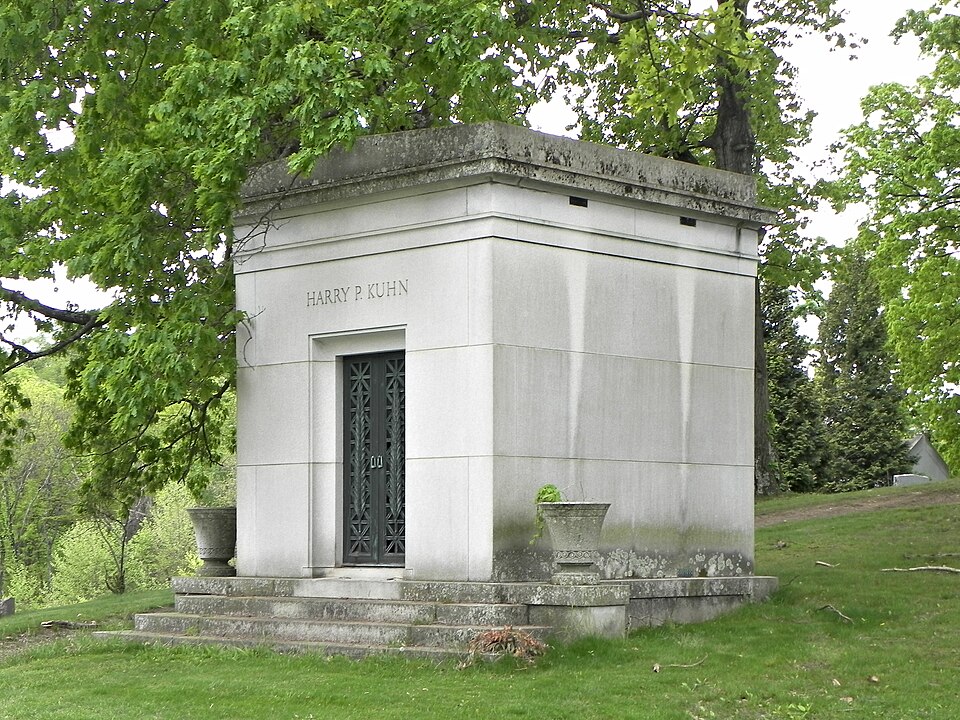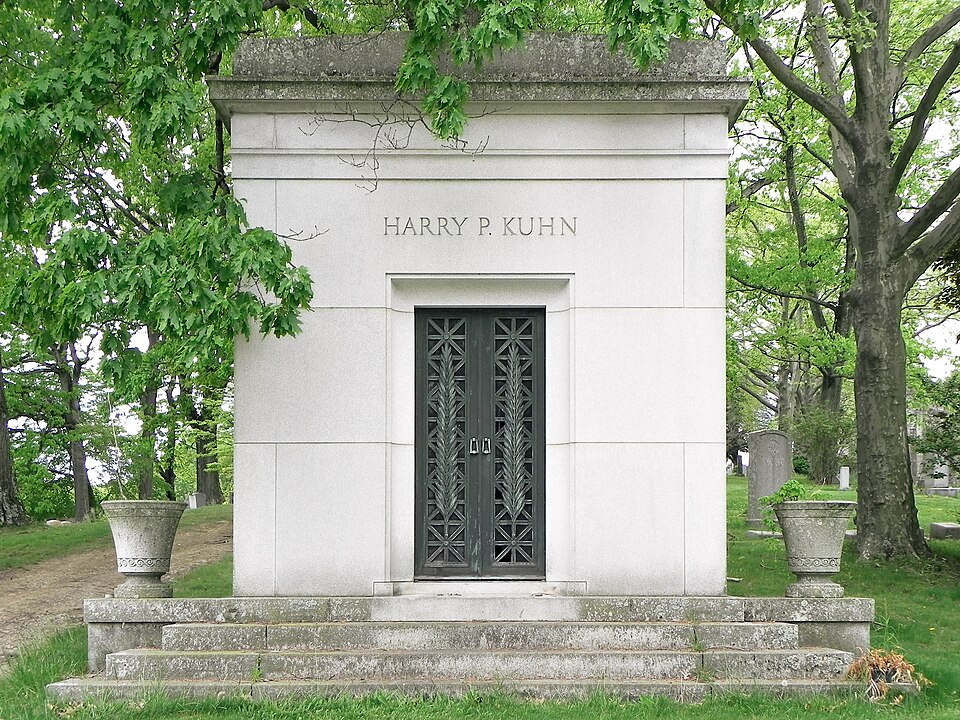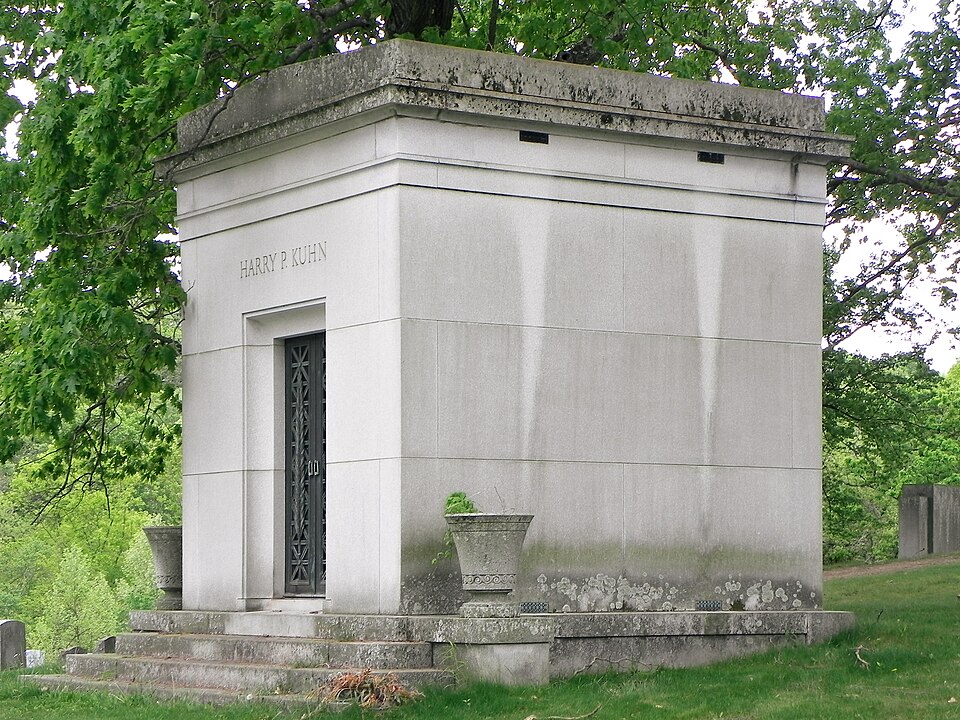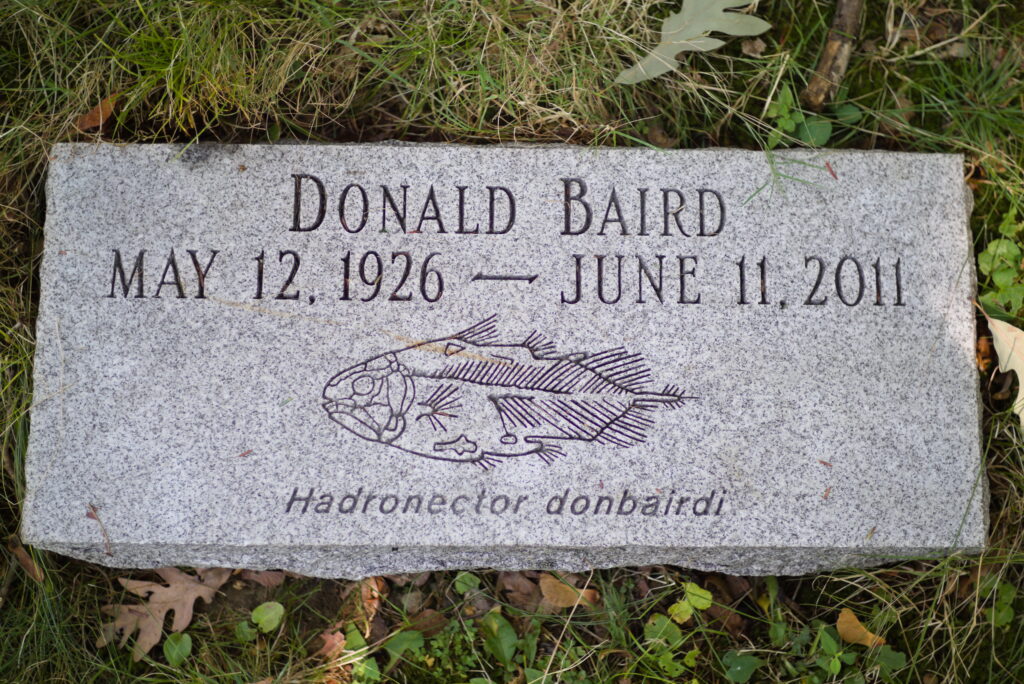
A simple and timeless design, classical but not classicist because it does not subscribe to any ism.


Bronze doors with palm fronds, symbolic of victory over death.

Comments

A simple and timeless design, classical but not classicist because it does not subscribe to any ism.


Bronze doors with palm fronds, symbolic of victory over death.


Alden & Harlow, the highest-class high-class architects in Pittsburgh, designed this mausoleum, certainly the most photographed monument in the Homewood Cemetery, for William Harry Brown. It is festooned with Egyptian-style symbols, but the pyramid itself is in the proportions of the Pyramid of Cestius in Rome.



More pictures of the Brown pyramid, and more, and more.

Generations of H. J. Heinzes have been buried here, and the large underground chamber still has room for more. The architects were Vrydaugh & Wolfe, who also designed Warwick House, Howard Heinz’ mansion in Squirrel Hill.



This is an ordinary-looking grave marker, except that it is probably the only one in Pittsburgh with an engraving of an extinct fish, and almost certainly the only one with an extinct fish named after the deceased. Donald Baird was a paleontologist who grew up in Pittsburgh, spent his career as a professor at Princeton, and retired to Pittsburgh to putter in the Carnegie Museum’s huge collection of fossils in basement drawers. The fish was named for him by one of his admiring colleagues.